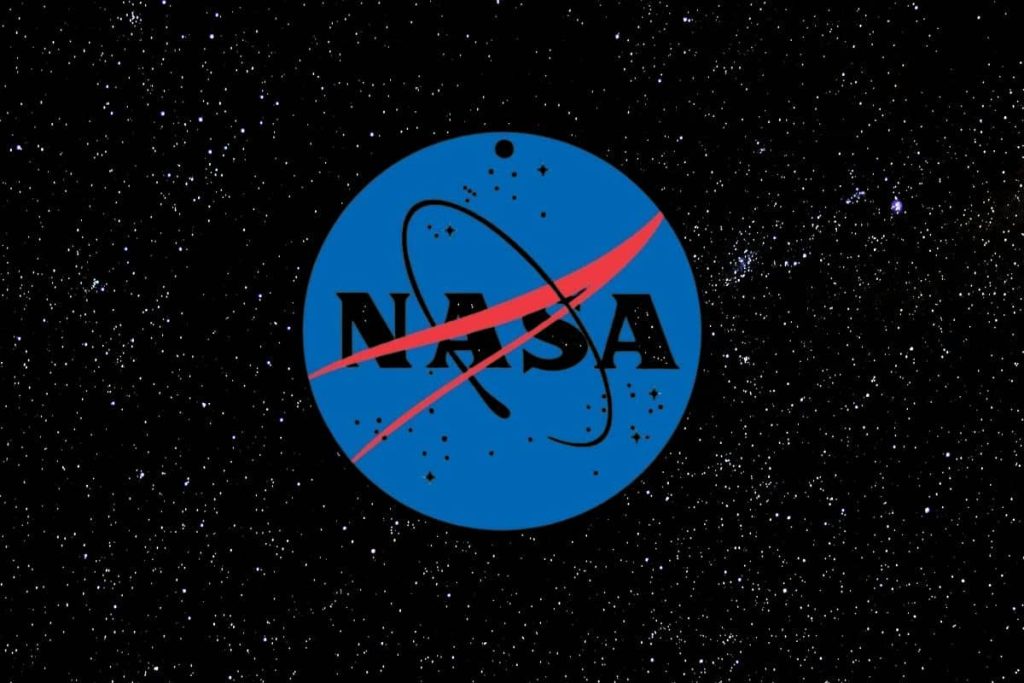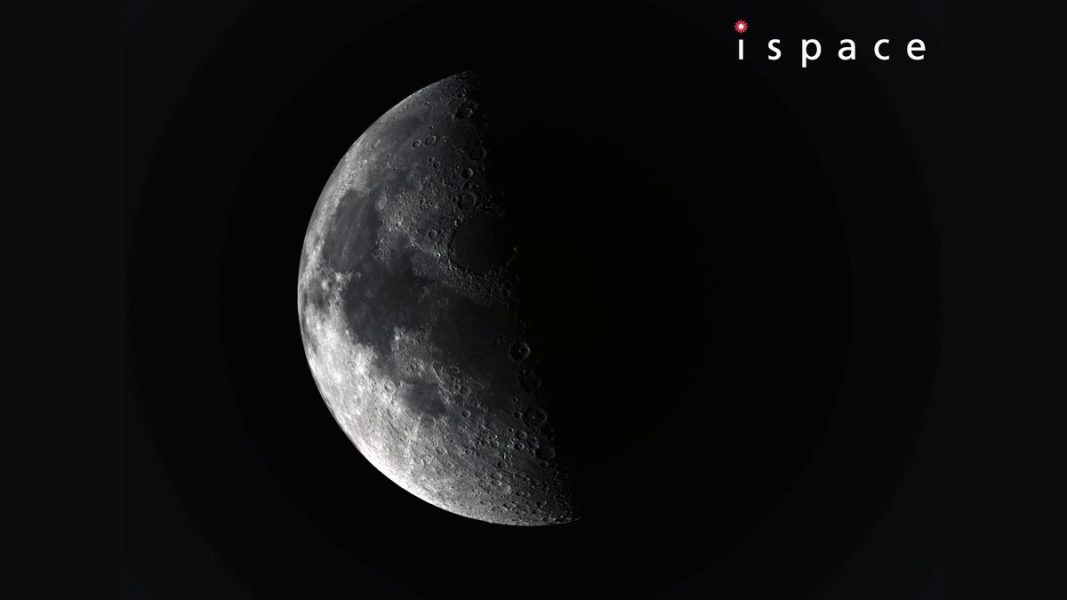Supersonic Travel Is Back! NASA’s X-59 Could Get You Across the World in Hours! – The Daily Galaxy –Great Discoveries Channel

A 99-foot needle designed to slip through the air without a sound—NASA’s X-59 jet looks like pure speed. But its most impressive feature isn’t just its blazing velocity—it’s what you won’t hear when it flies overhead. Could this be the breakthrough that finally makes supersonic travel a reality again?NASA is pushing the boundaries of supersonic travel with its experimental X-59 jet, a sleek, needle-shaped aircraft designed to fly faster than sound—without the disruptive sonic boom. The agency recently completed crucial engine performance tests, moving one step closer to proving that supersonic flight over land can be both practical and quiet.For decades, supersonic aircraft have been plagued by one major problem: the sonic boom. When a plane exceeds Mach 1 (roughly 767 mph or 1,234 km/h), it compresses air waves, creating an explosive sound that can shatter windows and disrupt communities below. This issue led to the 1973 ban on commercial supersonic flights over land by the Federal Aviation Administration (FAA), effectively grounding civilian supersonic travel.NASA’s X-59, however, is built to rewrite the rulebook. Developed in partnership with Lockheed Martin, this aircraft is designed to convert a traditional sonic boom into a far less disruptive “sonic thump”—a noise NASA compares to the sound of a car door closing. If successful, this breakthrough could pave the way for a new era of high-speed air travel, drastically reducing flight times on long-haul routes.The X-59’s futuristic design is not just for aesthetics—every element is engineered for quiet supersonic performance. Its 99-foot-long fuselage is strikingly slender, minimizing shockwave intensity as it slices through the air. Unlike conventional jets, its engine is mounted on top of the aircraft, a strategic placement that prevents noise from traveling downward and disturbing those on the ground. During the latest engine tests, conducted between October and February, NASA ran the X-59’s modified F414-GE-100 engine through rigorous evaluations. These included throttle checks, afterburner tests, and cooling system assessments—all of which met expectations.“We were getting smooth and steady airflow as predicted from wind tunnel testing. We didn’t have any structural or excessive vibration issues. And parts of the engine and aircraft that needed cooling were getting it,” said Raymond Castner, the X-59’s propulsion lead at NASA’s Glenn Research Center.If the aircraft successfully demonstrates quiet supersonic flight, the data will be presented to regulators like the FAA and the International Civil Aviation Organization (ICAO), potentially lifting the decades-old ban on commercial supersonic travel over land.If this happens, airlines could introduce high-speed passenger flights, slashing travel times dramatically. Imagine flying from New York to Los Angeles in under two hours, or from London to Tokyo in just five. The Concorde, which last flew in 2003, was a glimpse of this future—but its excessive noise, fuel inefficiency, and operating costs made it economically unviable. NASA’s X-59 aims to solve these problems.Private companies are also racing to bring back commercial supersonic travel. Just recently, Boom Supersonic successfully tested its XB-1 demonstrator, another aircraft designed for high-speed flight.While the engine tests mark a significant milestone, there’s still work to be done before the X-59 takes its first flight. NASA must complete electromagnetic interference tests, assess how the aircraft handles data processing failures, and conduct taxi tests to ensure safe runway operations.Once airborne, the X-59 will cruise at 55,000 feet (16,764 m) at speeds of 925 mph (1,489 km/h). NASA will then launch a multi-year testing program, flying over various communities to measure public response to its sonic thump. These trials, running through 2027, will be crucial in proving that quiet supersonic travel is feasible.This article has been republished from gizmodo.com.Comment Save my name, email, and website in this browser for the next time I comment.
© 2024 | Daily Galaxy | All rights reserved
Source: https://dailygalaxy.com/2025/02/nasa-x-59-could-get-you-across-world-in-hours/






